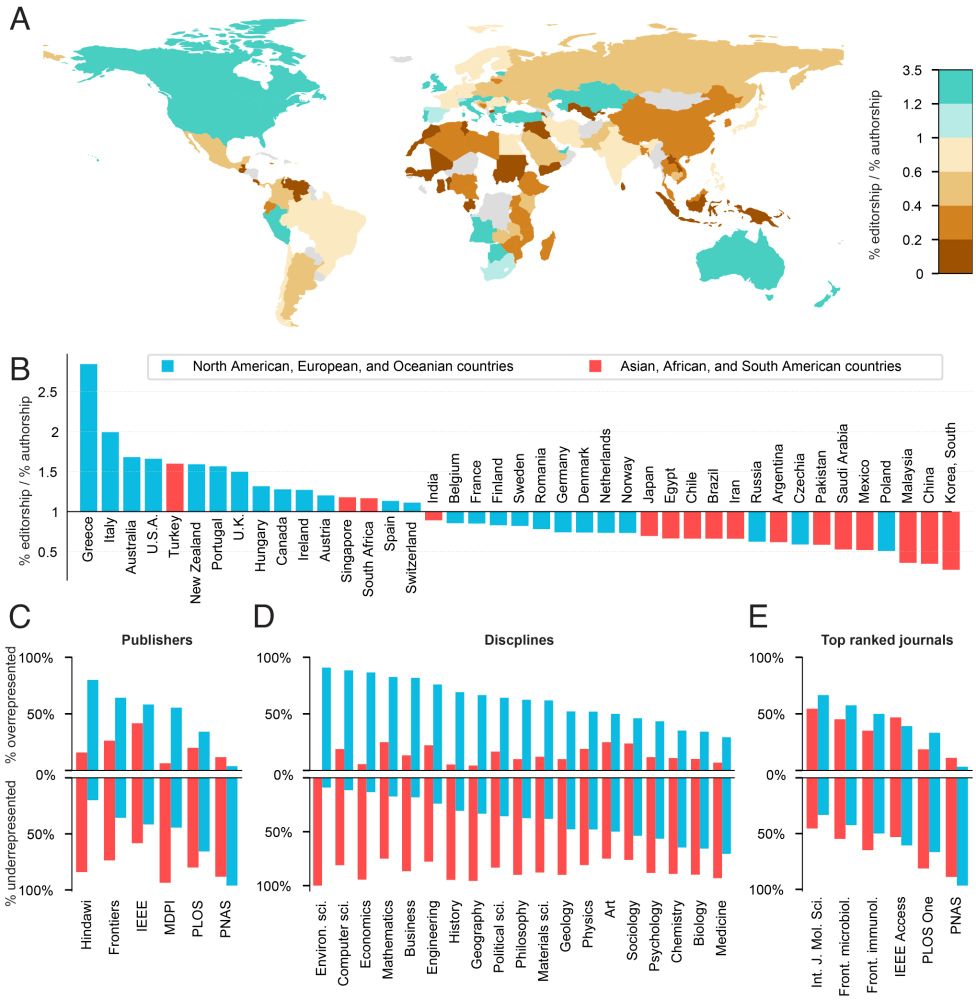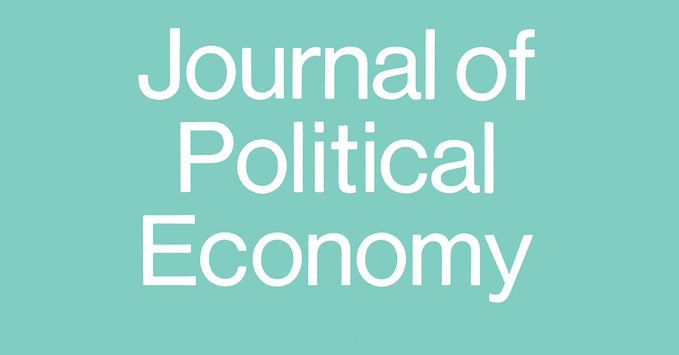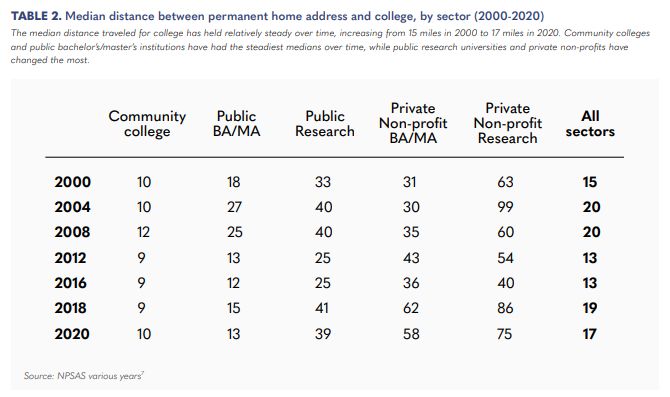Lois Miller
@loismiller.bsky.social
2.6K followers
1.1K following
86 posts
Assistant Professor of Economics at University of South Carolina, graduate of UW-Madison and DePauw University. Research focused on the economics of higher ed. Website: loismiller.info
Posts
Media
Videos
Starter Packs
Pinned
Reposted by Lois Miller
Reposted by Lois Miller
Reposted by Lois Miller
Todd Jones
@toddrjones.bsky.social
· Mar 21
Reposted by Lois Miller
AEFP
@aefpweb.bsky.social
· Mar 15
Lois Miller
@loismiller.bsky.social
· Mar 14
Reposted by Lois Miller
Reposted by Lois Miller
Reposted by Lois Miller
Riley Acton
@riacton.bsky.social
· Jan 6
Robert Kelchen
@robertkelchen.com
· Jan 6

Distance to Degrees: How College Proximity Shapes Students’ Enrollment Choices and Attainment Across Race-Ethnicity and Socioeconomic Status
Founded in 1920, the NBER is a private, non-profit, non-partisan organization dedicated to conducting economic research and to disseminating research findings among academics, public policy makers, an...
www.nber.org
Reposted by Lois Miller
Reposted by Lois Miller
Reposted by Lois Miller
Lois Miller
@loismiller.bsky.social
· Dec 23
Lois Miller
@loismiller.bsky.social
· Dec 14
Reposted by Lois Miller
Reposted by Lois Miller
Lois Miller
@loismiller.bsky.social
· Dec 11
Lois Miller
@loismiller.bsky.social
· Dec 6

Community ‘college deserts’ leave students stranded from higher education
Experts are increasingly sounding the alarm on community “college deserts” that leave students without readily accessible higher education options. The deserts, locations where h…
thehill.com
Reposted by Lois Miller
Reposted by Lois Miller
Neil Lewis, Jr.
@neillewisjr.bsky.social
· Nov 27
Madhu Pai, MD, PhD
@madhupai.bsky.social
· Nov 25

Non-White scientists appear on fewer editorial boards, spend more time under review, and receive fewer citations | PNAS
Disparities continue to pose major challenges in various aspects of science. One such
aspect is editorial board composition, which has been shown t...
www.pnas.org













